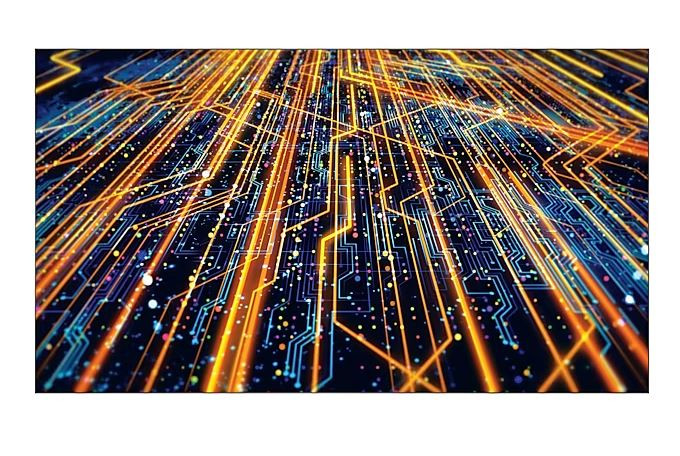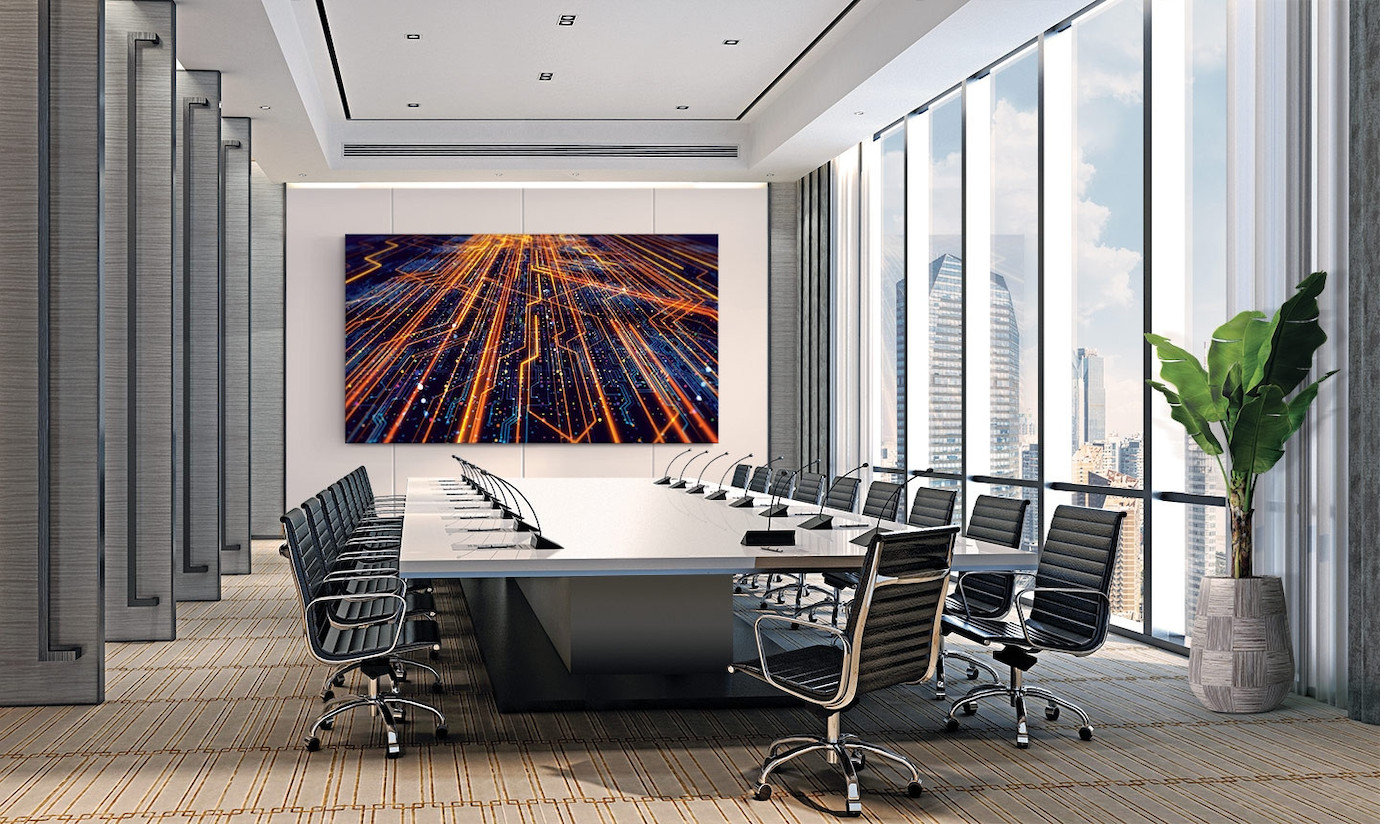















£120,000.00*
- Resolution 1920 x 1080 Full HD
- Aspect Ratio 16:9


visunext Services
Product information
A true all-rounder
With Samsung's Quick Build technology, installation is easy. It takes just two hours to install Samsung's large all-in-one LED display. After that, it's just a matter of enjoying the outstanding performance. That's the all-in-one promise from Samsung.

Easy installation, big impact
The All-in-One LED IAC series from Samsung is easier than ever to install. Just dock the two background plates onto the wall mount and hang the four pre-assembled modules - that's it! In just two hours, you get a huge 130-inch display that perfectly complements the office.
Automatic configuration
The time-consuming configuration between Control Box and Cabinet is now eliminated. With the IAC Series, the Control Box is integrated into the display, eliminating a tedious configuration process and getting the display up and running quickly.
No additional peripherals required
Samsung's IAC Series includes almost everything you need to get up and running - from the Control Box and wall mounts to the speakers and deco frames. No additional purchases or components are required.
Excellent picture quality
Samsung's vast research and development experience and LED expertise culminate in the IAC Series, which produces images with vivid colour reproduction, reduced noise and a wide range of greys and blacks.
Significantly more precise optics
With LED HDR, every piece of content is rendered accurately and realistically without the need for special metadata. Samsung's Dynamic Peaking technology analyses content in real time and regulates power consumption, so you can enjoy an immersive viewing experience.
The bigger, the better
Visions need space: Samsung's IAC series allows users to combine multiple screens into one large MicroLED display, expanding the business possibilities for large meeting rooms.
Technical data
| Name | Samsung Indoor LED All-in-One IAC Series IA015C |
|---|---|
| Article number | 1000029743 |
| GTIN/EAN | 8806095071374 |
| Manufacturer SKU | LH015IACCHS/EN |
| Model name | IA015C |
| Brand | Samsung |
| Product Type | LED Wall |
| Technology | LED |
| backlight | Direct-LED |
| Resolution | 1920 x 1080 Full HD |
| Diagonal | 130" |
| Aspect Ratio | 16:9 |
| Viewing angle - Horizontal | 160° |
| Viewing angle - Vertical | 160° |
| Contrast Ratio | 6,000 :1 |
| Screen finish | Matt |
| Brightness | 1,000 cd/m² |
| Product width | 288.85 cm |
| Product height | 162.85 cm |
| Product depth | 5.61 cm |
| Weight | 125 kg |
| Colour | Black |
| Delivery contents | Power cable |
| Condition | New |
| Warranty | 36 Month |
| Warranty type | Onsite Repair Service and support information |
Product safety
| Person responsible for the EU |
|---|
| Samsung Electronics GmbH |
| Am Kronberger Hang 6 |
| 65824 Schwalbach |
| Germany |
| sseg.comm@samsung.com |



